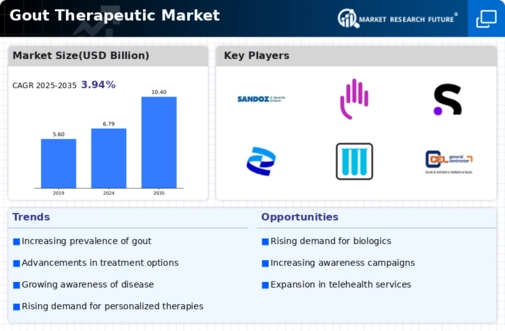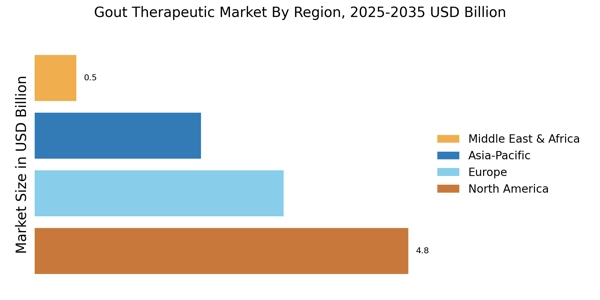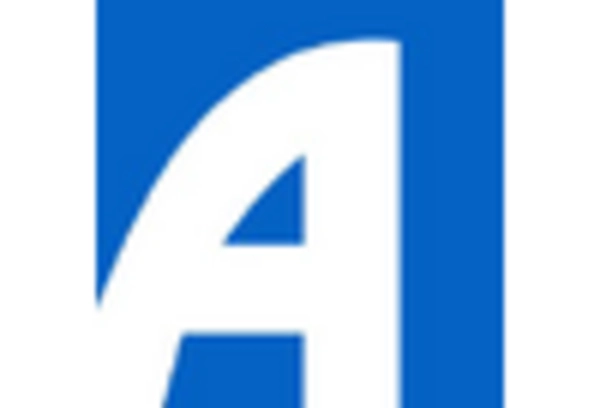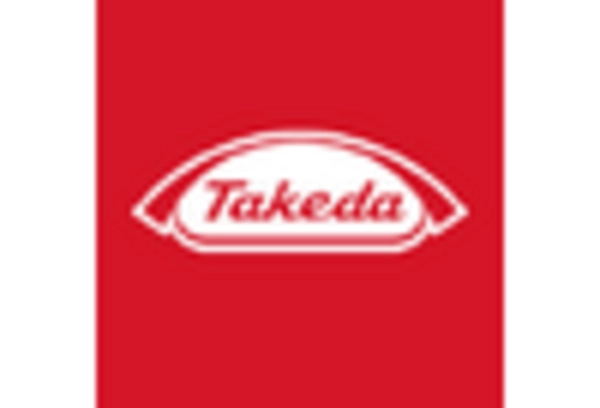Increasing Awareness of Gout
The rising awareness of gout and its associated health risks appears to be a pivotal driver in the Gout Therapeutic Market. Educational campaigns and initiatives by healthcare organizations have contributed to a better understanding of the disease among both patients and healthcare providers. This heightened awareness may lead to earlier diagnosis and treatment, potentially reducing the long-term complications associated with gout. As a result, the demand for effective therapeutic options is likely to increase. Furthermore, the prevalence of gout is estimated to affect approximately 4% of the adult population in certain regions, which underscores the necessity for innovative treatments and management strategies within the Gout Therapeutic Market.
Rising Healthcare Expenditure
The increase in healthcare expenditure across various regions is anticipated to positively impact the Gout Therapeutic Market. As healthcare budgets expand, there is a greater allocation of resources towards the management of chronic diseases, including gout. This trend may lead to improved access to medications and treatment options for patients. Furthermore, the willingness of healthcare systems to invest in preventive measures and effective management strategies could result in better health outcomes for individuals with gout. The financial commitment to addressing chronic conditions is likely to foster innovation and growth within the Gout Therapeutic Market, ultimately benefiting patients and healthcare providers alike.
Regulatory Support for New Treatments
Regulatory bodies are increasingly supportive of the development and approval of new treatments for gout, which may serve as a catalyst for the Gout Therapeutic Market. Streamlined approval processes and incentives for innovative therapies can facilitate quicker access to novel medications for patients. This regulatory environment encourages pharmaceutical companies to invest in research and development, potentially leading to a wider array of treatment options. As new therapies enter the market, competition may intensify, driving down costs and improving accessibility for patients. The ongoing collaboration between regulatory agencies and industry stakeholders is likely to enhance the overall landscape of gout management.
Aging Population and Lifestyle Changes
The aging population, coupled with lifestyle changes, is likely to drive the Gout Therapeutic Market. As individuals age, the risk of developing gout increases due to factors such as decreased renal function and dietary habits. Moreover, the growing prevalence of obesity and metabolic syndrome, which are closely linked to gout, may further exacerbate the situation. According to recent estimates, the incidence of gout is expected to rise significantly in the coming years, particularly among older adults. This demographic shift necessitates the development of tailored therapeutic options to manage gout effectively, thereby creating opportunities for growth within the Gout Therapeutic Market.
Technological Innovations in Drug Development
Technological advancements in drug development are transforming the Gout Therapeutic Market. The integration of artificial intelligence and machine learning in drug discovery processes has the potential to expedite the identification of new therapeutic agents. These innovations may lead to the development of more effective and targeted treatments for gout, addressing the unmet needs of patients. Additionally, the emergence of biologics and novel small molecules is reshaping the treatment landscape, offering new hope for individuals suffering from chronic gout. The market is projected to witness substantial growth as these technologies continue to evolve, potentially enhancing patient outcomes and adherence to treatment regimens.


















Leave a Comment